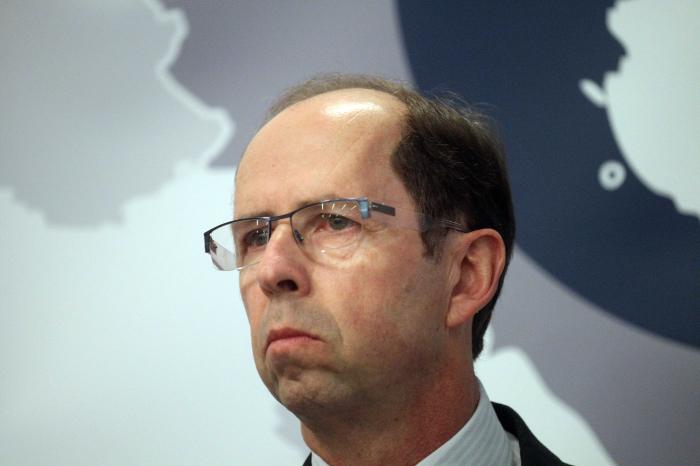"This (cutting the deficit) is a trend that shows Slovenia has taken huge steps and this has also been recognised by the European Commission," Finance Minister Dusan Mramor told a news conference after a cabinet session.
The European Union's budget deficit ceiling is 3 percent of GDP and offenders are required to take steps to narrow the gap, under the Commission's monitoring. Mramor said the deficit target was based on the government's "conservative forecast" of economic growth of 2 percent this year, but added growth could be higher if European Central Bank's bond-buying plan succeeds as a stimulus
Last year Slovenia's economy expanded by around 2.5 percent, boosted by higher export demand, after two consecutive years of recession. Mramor said the budget plan envisages spending of 9.9 billion euros and revenues of 8.6 billion, while the deficit has already been covered by debt taken on last year. Parliament is expected to adopt the budget plan in February.
Earlier in January, the government said it could issue up to 5.1 billion euros of new debt this year, mainly to pre-finance debt maturing in 2016 and 2017. Mramor gave no details on possible bond issues but said the ministry "will follow the interest rates moves very carefully" and issue bonds when the market conditions are favourable.
The yield on Slovenia's 10-year benchmark bond rose to 1.531 percent on Thursday, up from 1.524 a day before. It reached a historic low of 1.418 percent on Monday, on the back of the ECB's bond-buying plan and the fact that Moody's last week raised Slovenia's credit rating to Baa3, mostly on account of improved stability of the banking sector.
In December 2013 the government had to pour more than 3 billion euros into local banks to prevent them from collapsing under a large amount of bad loans, thus enabling the country of 2 million people to avoid a bailout.
The government plans to sell its second largest bank Nova KBM in the coming weeks. Successive cabinets have been reluctant to privatise major state banks for years, leaving the government in control of more than a half of the banking sector.
Reuters


































































